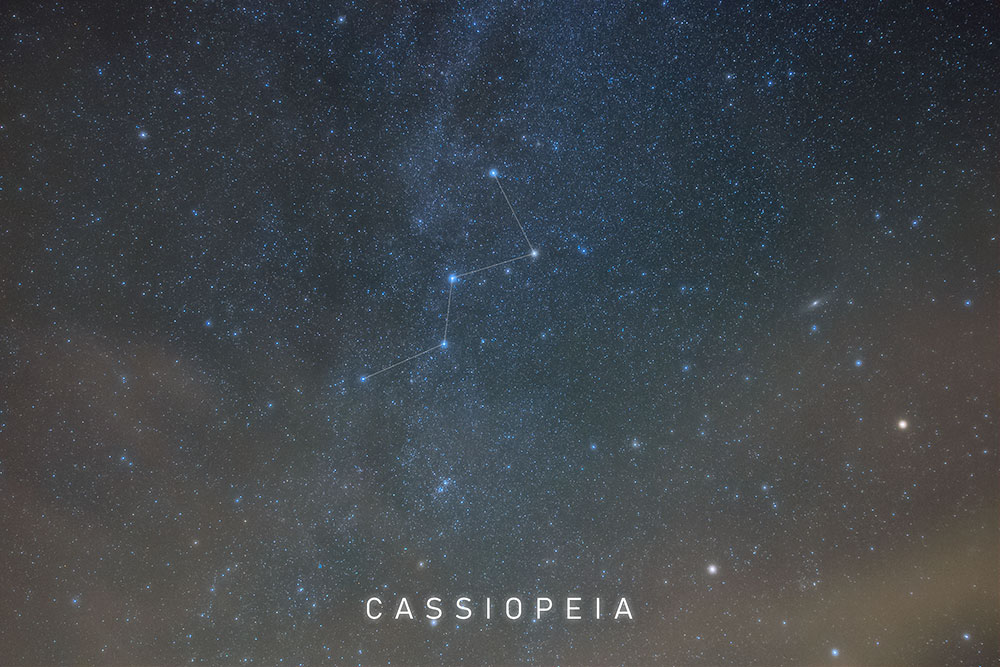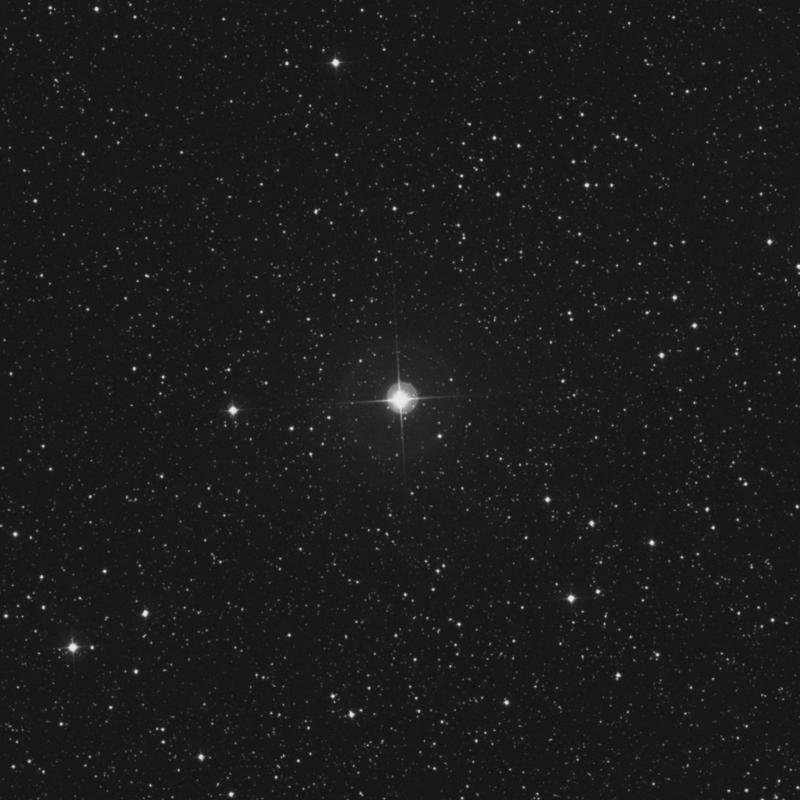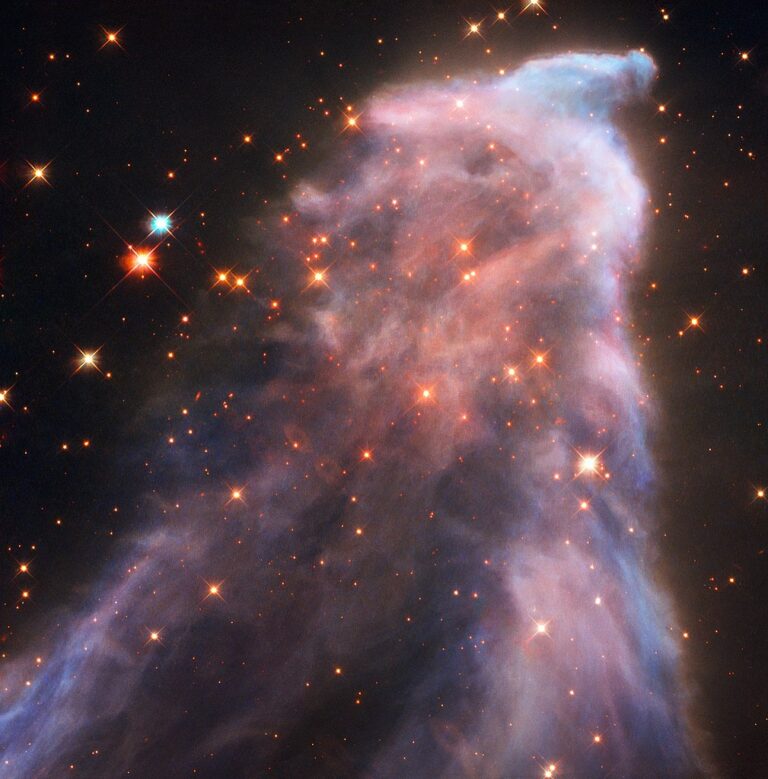

The constellation consists of 5 main stars, with the brightest being Schedar, which has a radius 40 times larger in diameter than our sun. The constellation of Cassiopeia makes up a simple ‘W’ shape that depicts a queen atop a throne, combing her hair. The Pacman Nebula lies within the confines of this constellation Hosts a supernova remnant within its boundariesĥ. The constellation is one of the ancient constellations catalogued by PtolemyĤ.

This constellation is named directly after the wife of Cepheus in Greek mythologyģ. In the Northern hemisphere Cassiopeia never sets below the horizon, as a result it is visible all year in the night sky.įrom January to March the constellation will first appear almost overhead around 6 pm, as the evening progresses it will head down towards the horizon in a north-westerly direction, by early morning Cassiopeia will be low on the horizon in a more northerly or north-easterly direction.įrom April to June Cassiopeia will be visible low on the horizon in a northerly or north-westerly direction at around 9 pm, moving eastwards it will stay quite low in the sky for several hours before beginning to rise higher around 2 am.įrom July to September the constellation will be visible from around 10 pm in a northerly or north-easterly position, as the night progresses it will end up almost directly overhead before day breaks.įrom October to December it will appear high in the sky in the north-east at around 6 pm, within a few hours the constellation will move overhead before dipping back down towards the horizon in a north-westerly direction.1. This chart can also be applied to other areas of the Northern hemisphere such as Canada, the UK and Europe. The chart shows the position of Cassiopeia over most of the United States in mid-autumn at 10 pm.

Cassiopeia is one of the brightest and most recognizable constellations in the night sky.


 0 kommentar(er)
0 kommentar(er)
